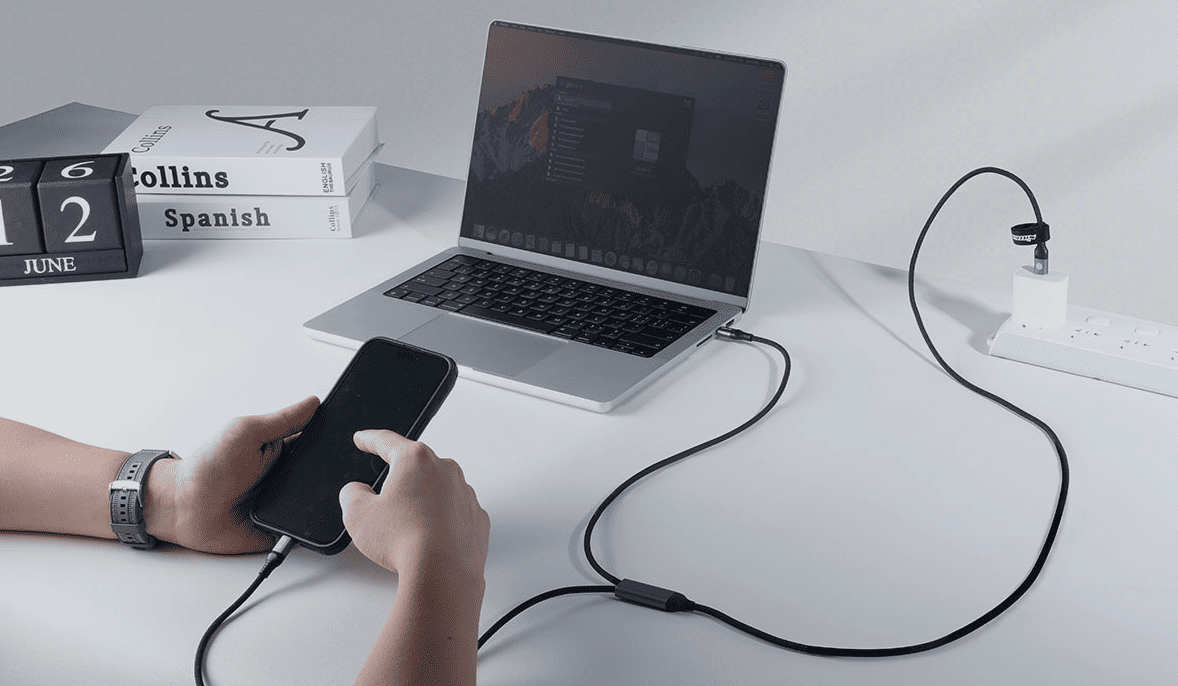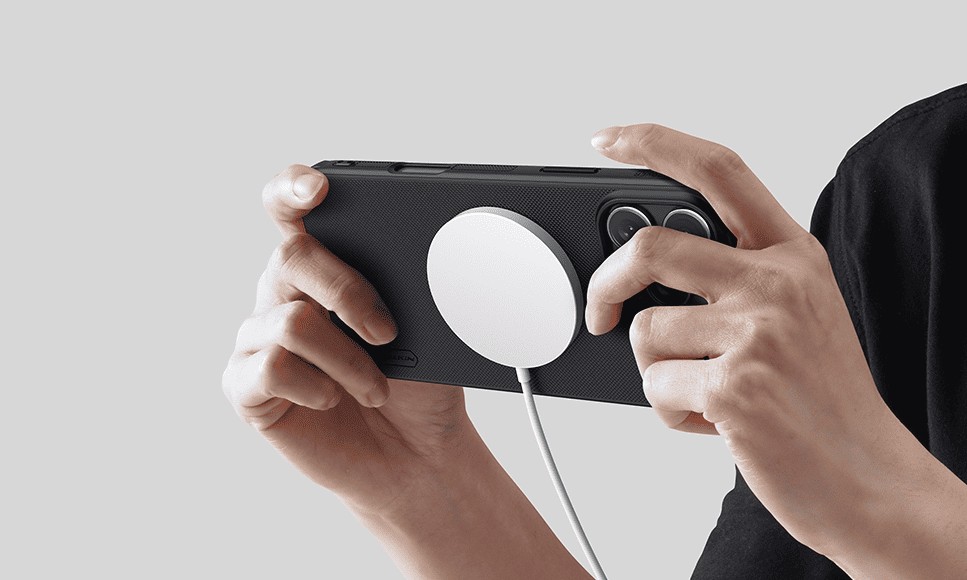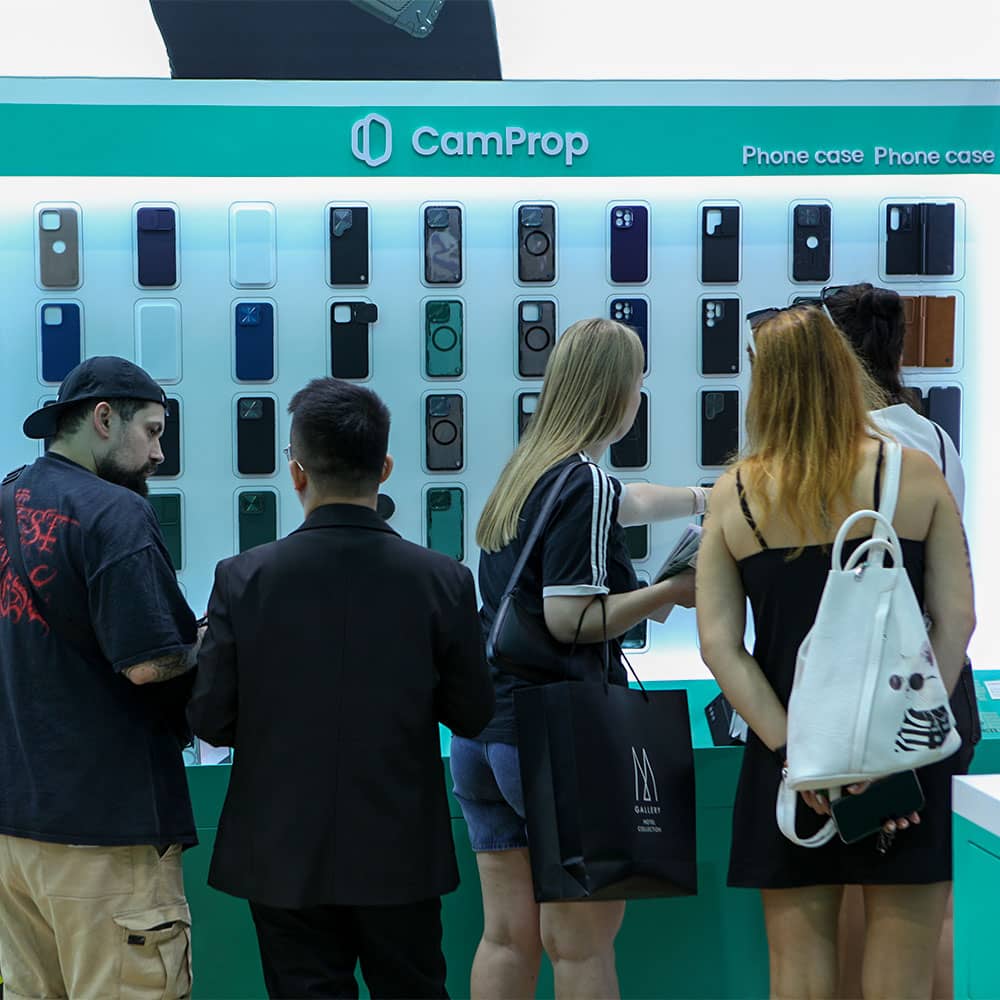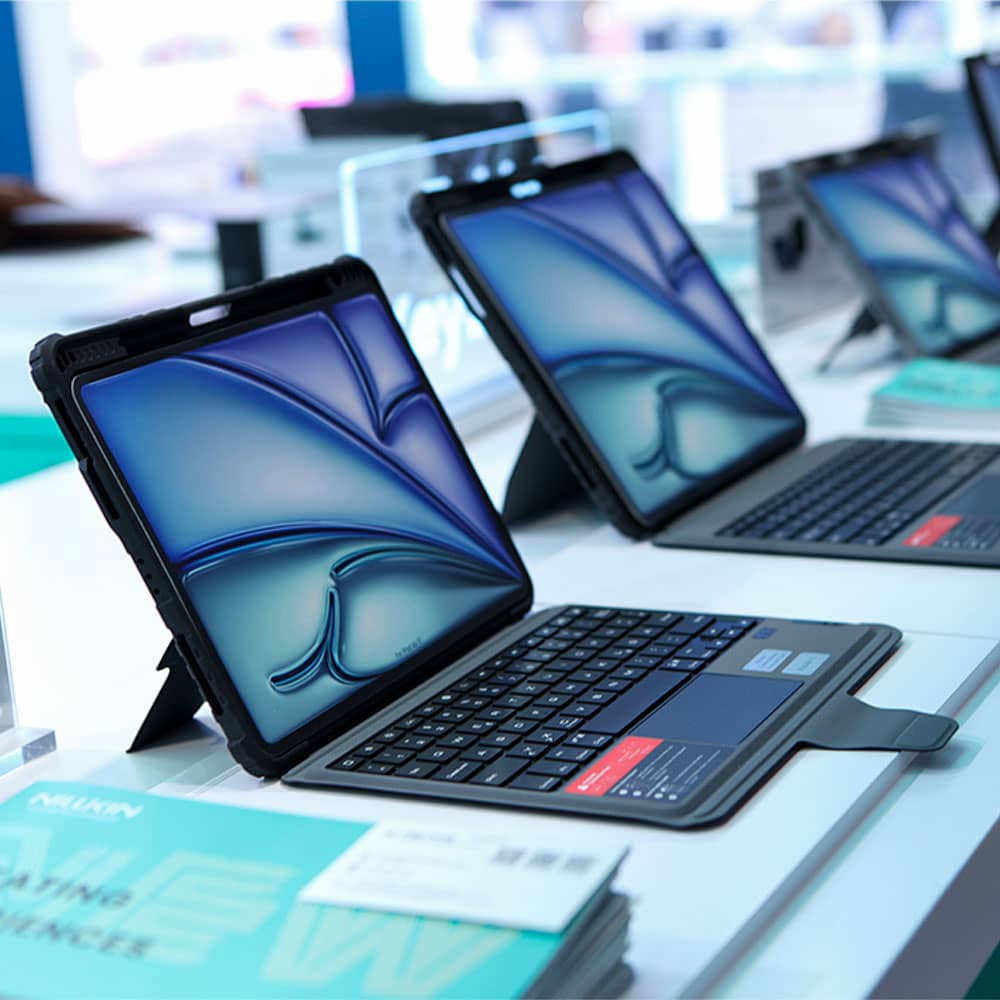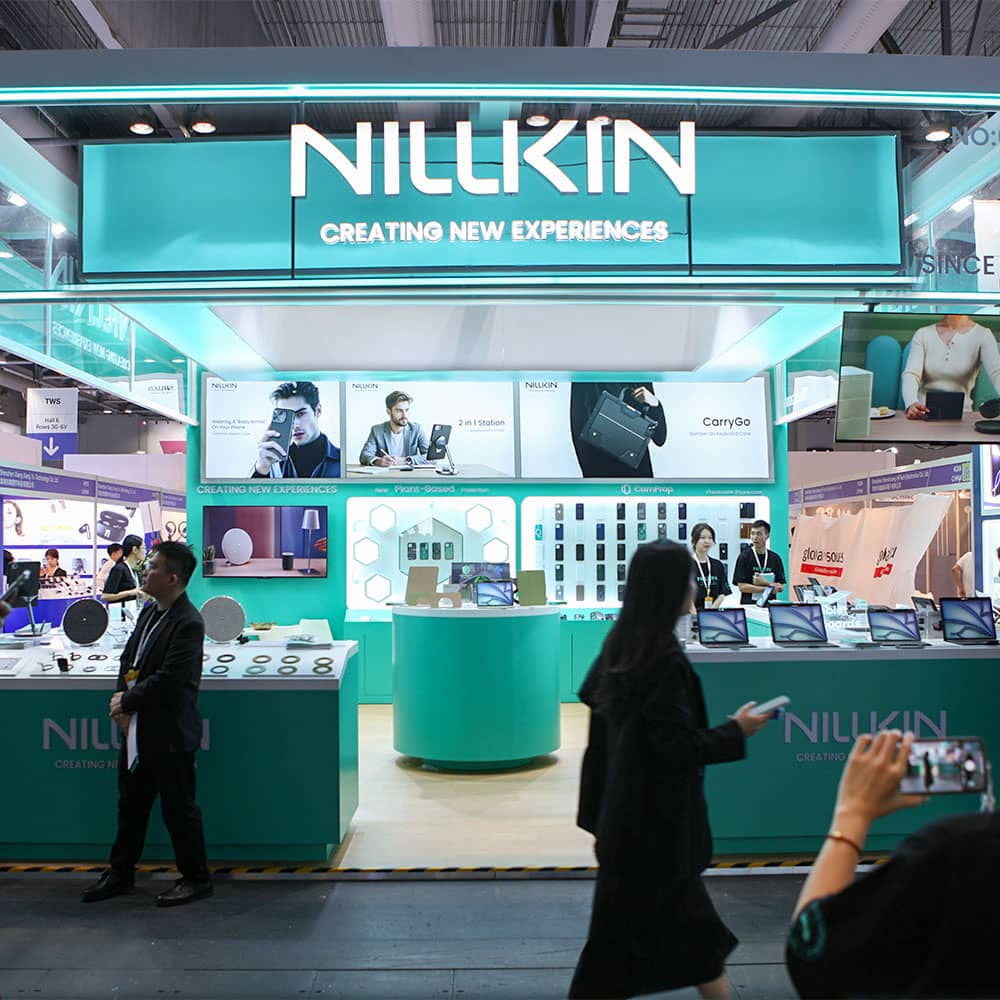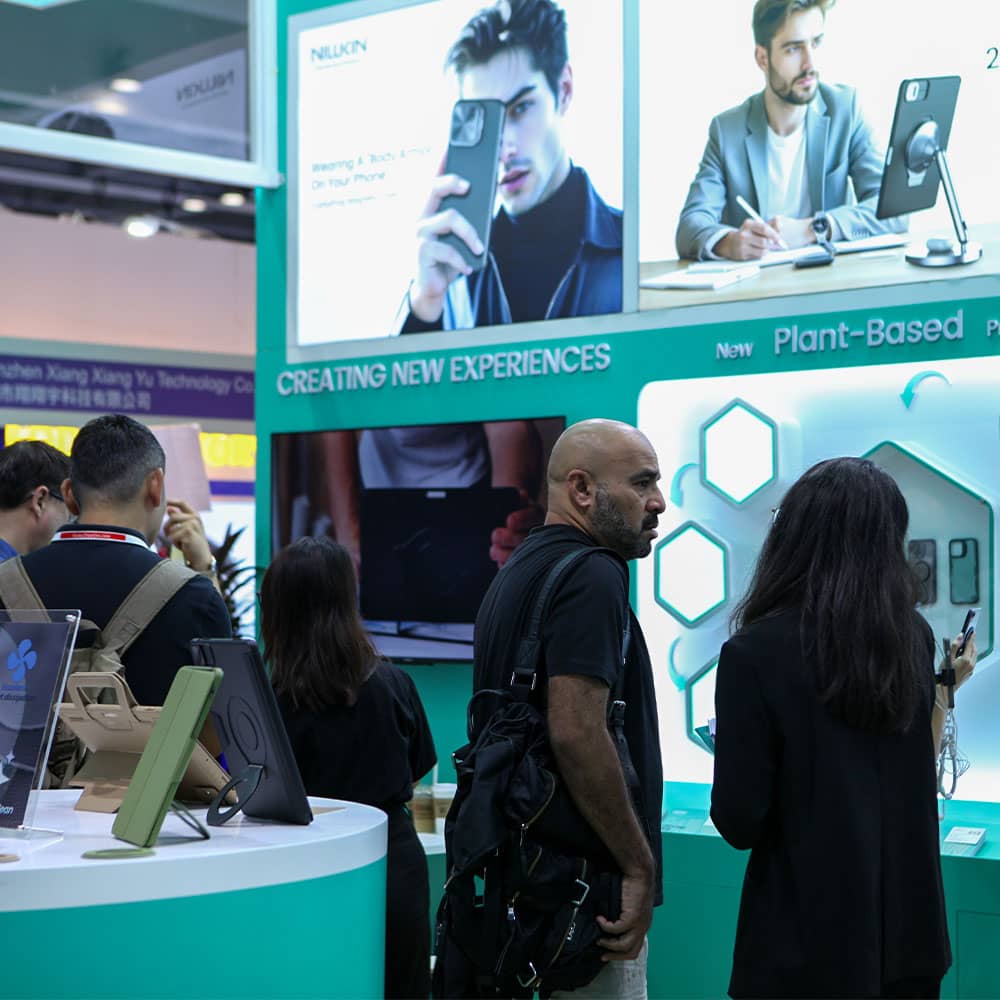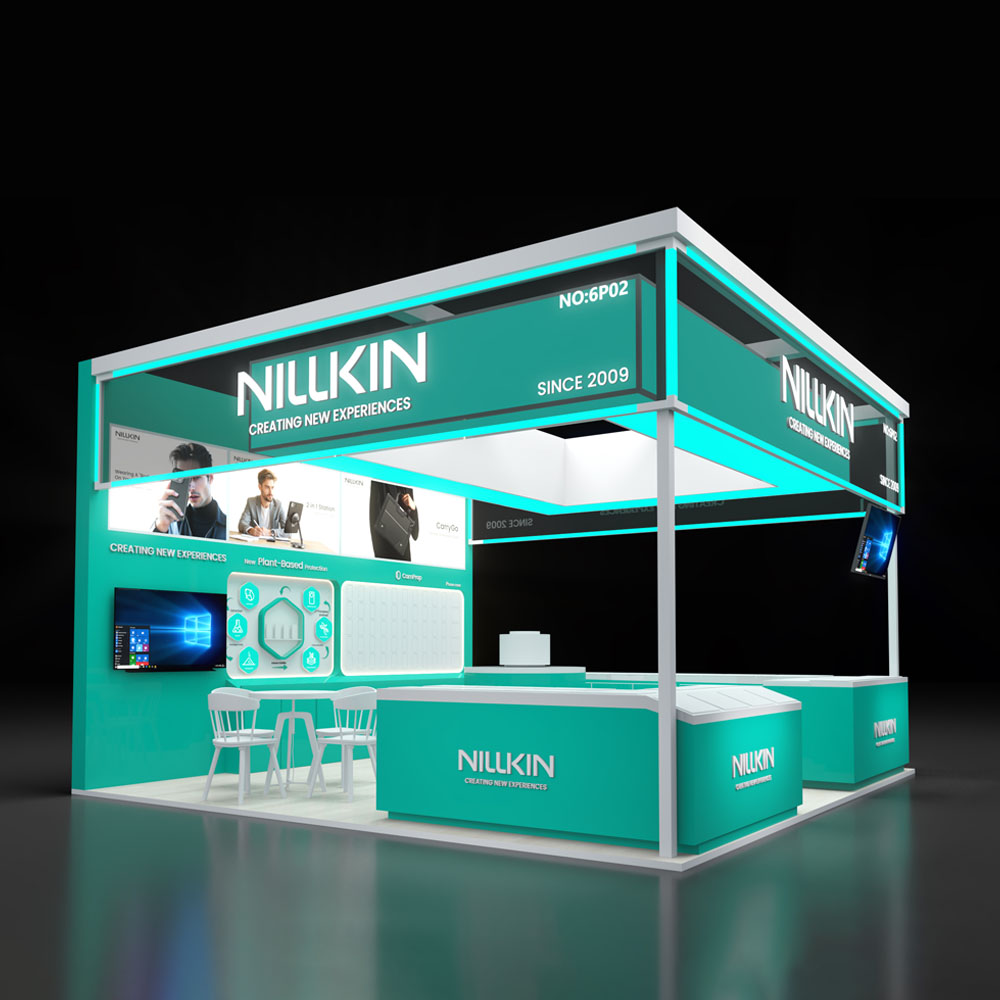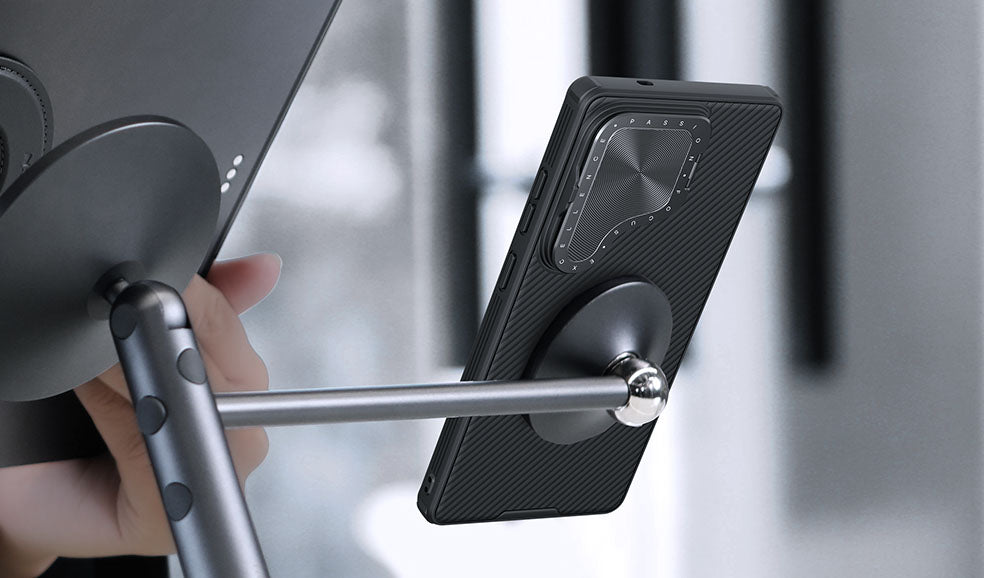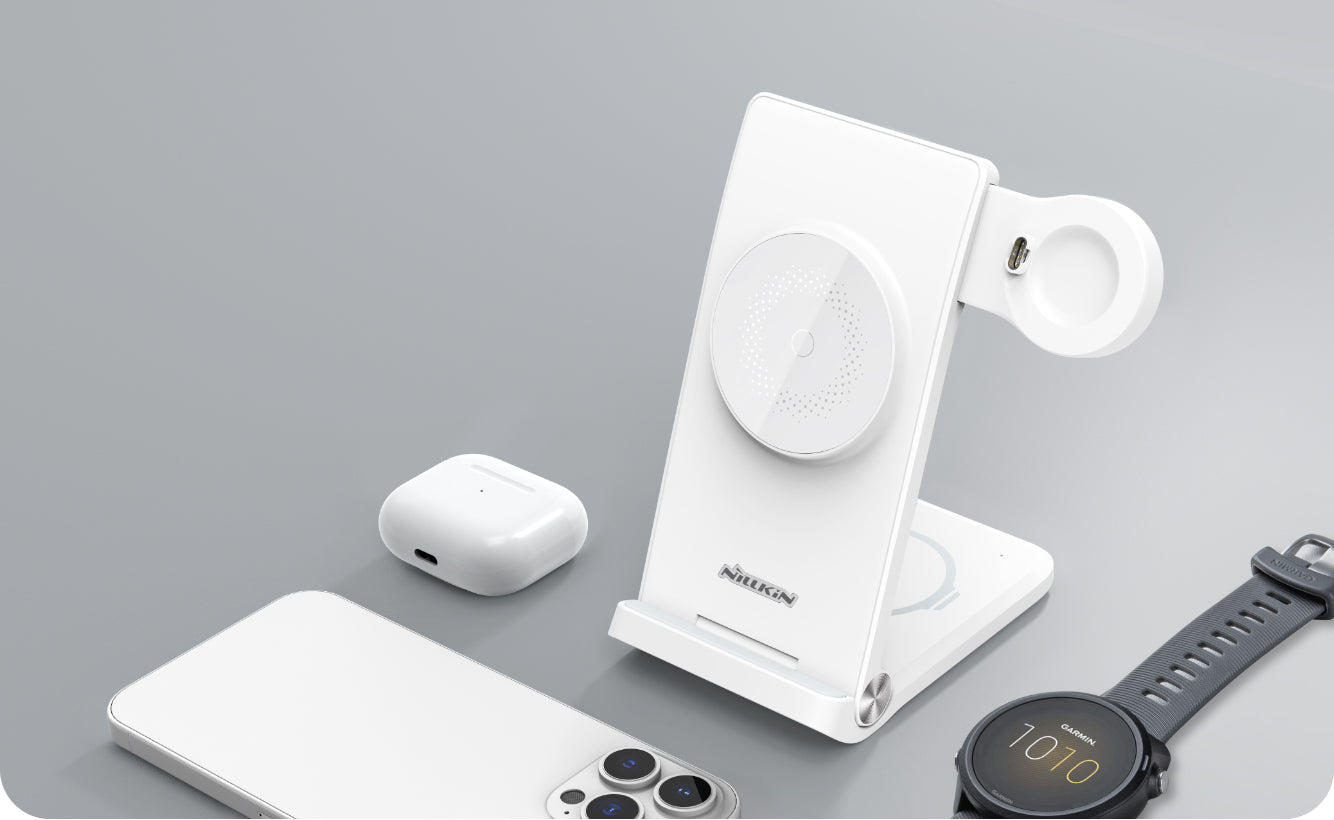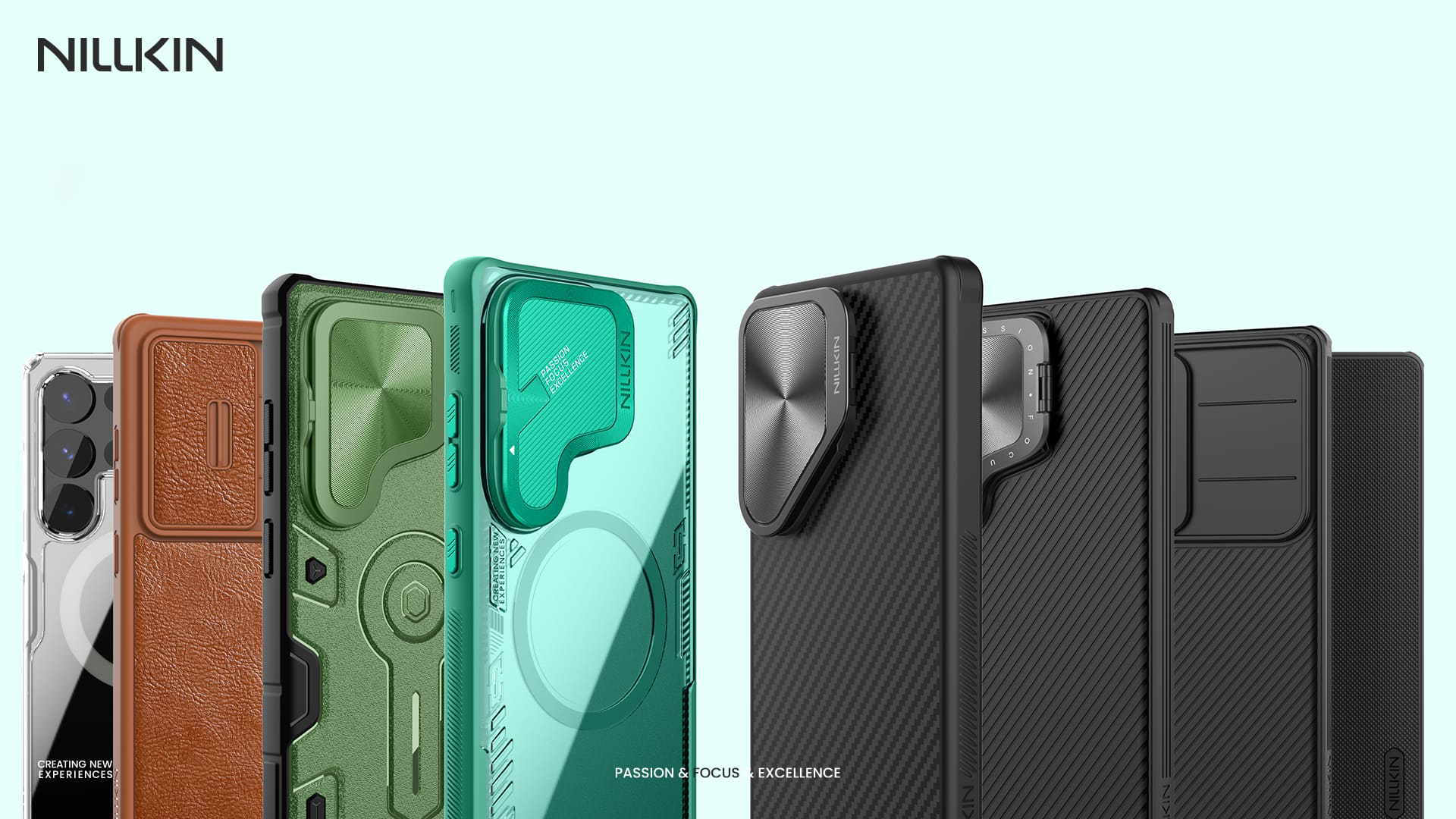
The "Current War" in Charging Methods

In contrast, USB ports provide relatively low current (typically 0.5A to 1A), resulting in slower charging speeds. Furthermore, as the current output of computers or other low-power devices can be affected by their own operational load, USB charging introduces greater current fluctuations. In a comparison of adapter and USB direct charging, researchers from China’s University of Electronic Science and Technology found that USB charging’s instability increased reaction speed differences within battery electrodes, which may accelerate battery aging with prolonged use.

Battery Lifespan: The Advantage of Adapter Charging
Battery health is closely linked to charging mode. Adapter charging’s stability helps protect battery lifespan, particularly in fast-charging modes. Fast charging via an adapter provides high power, stable voltage, and safe current limits, enabling the battery to charge quickly while minimizing heat generation. Data show that devices using 18W fast-charging adapters average 3-5 degrees Celsius cooler than those using USB direct charging.

This temperature control is crucial for prolonging battery life. A research team from Seoul National University found that for every 10-degree Celsius increase, battery degradation speed increases by approximately 15%. Therefore, the high power, stability, and temperature control capabilities of adapters make them a more ideal charging choice, while USB direct charging is better suited for emergency or low-speed charging needs.
Usage Scenarios: Choosing the Right Charging Mode
Overall, adapters are optimal for daily fast charging and prolonging battery life, especially for high-power devices like smartphones and tablets. For high-speed charging, dedicated adapters provide high current while reducing battery overheating. USB ports, on the other hand, are suitable for situations where wall outlets are unavailable or when time is ample, such as charging via a computer during travel or powering small, low-power devices.

While adapters offer advantages in efficiency and battery protection, they are not necessary in all situations. Short periods of USB direct charging have minimal impact on battery health, though it’s generally not recommended for long-term use. In comparison, adapters are superior for fast charging, battery longevity, and increased charging efficiency. For daily charging needs, choosing a dedicated adapter is undoubtedly the better choice, with USB charging modes more appropriate as a backup solution.
Future Prospects: Smarter Adapter Technology

In recent years, adapter technology has continued to evolve, and smart adapters are gradually becoming a trend in the charging market. By automatically detecting a device’s charging requirements, smart adapters can adjust output current to optimize charging speed while minimizing heat buildup. This new generation of adapters promises to achieve fast charging while preserving battery life, potentially phasing out traditional adapters and USB direct charging in the near future.

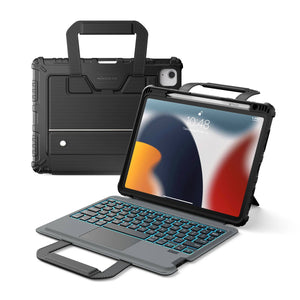 iPad Pro/Air Cases
iPad Pro/Air Cases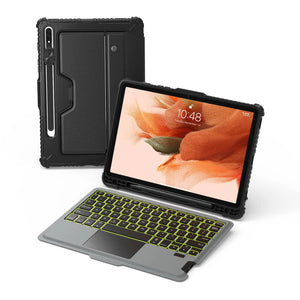 Galaxy Tab Cases
Galaxy Tab Cases
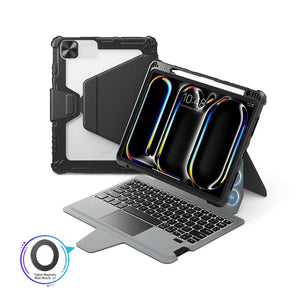 Magnetic iPad Keyboard
Magnetic iPad Keyboard
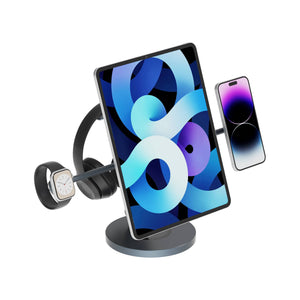 Tablet Accessories
Tablet Accessories
 iPhone 16e
iPhone 16e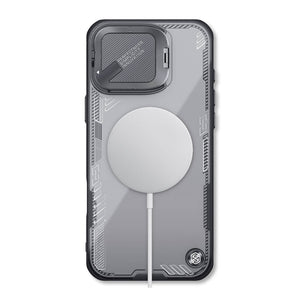 iPhone 16 Series
iPhone 16 Series
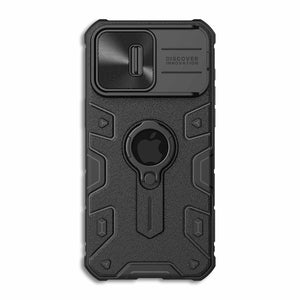 iPhone 15 Series
iPhone 15 Series
 iPhone 14 Series
iPhone 14 Series
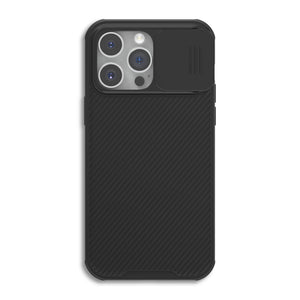 iPhone 13 Series
iPhone 13 Series
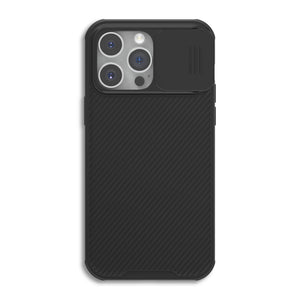 iPhone 12 Series
iPhone 12 Series
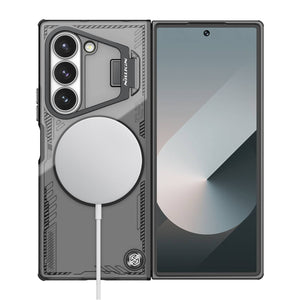 Galaxy Z Fold & Flip Series
Galaxy Z Fold & Flip Series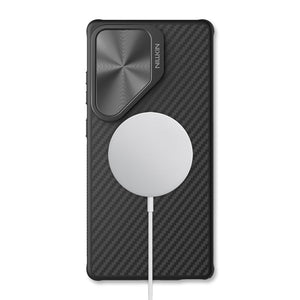 Galaxy S25 Series
Galaxy S25 Series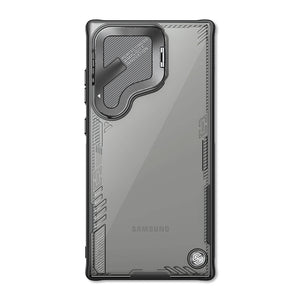 Galaxy S24 Series
Galaxy S24 Series
 Galaxy S23 Series
Galaxy S23 Series
 Galaxy S22 Series
Galaxy S22 Series
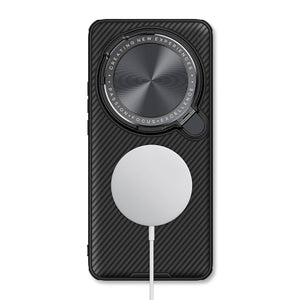 Xiaomi Series
Xiaomi Series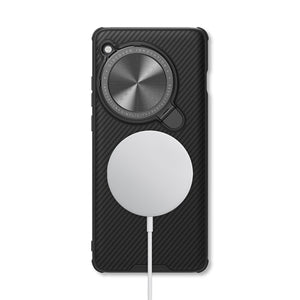 OnePlus Series
OnePlus Series
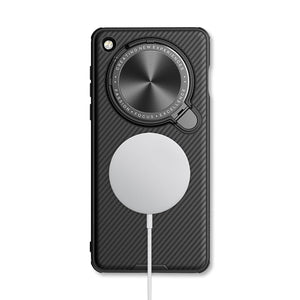 Oppo Series
Oppo Series
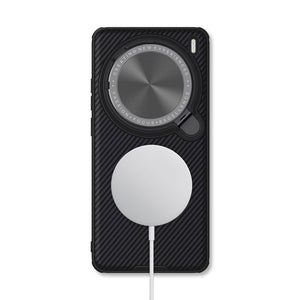 Vivo Series
Vivo Series
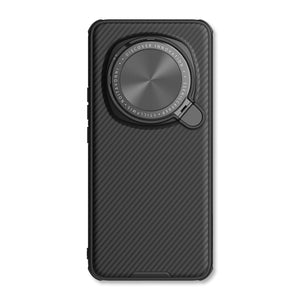 Huawei Honor Series
Huawei Honor Series
 iPhone Screen Protectors
iPhone Screen Protectors
 Galaxy Screen Protectors
Galaxy Screen Protectors
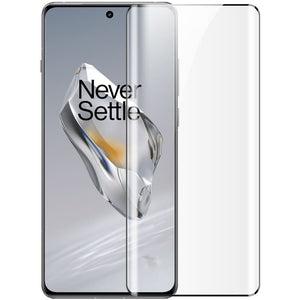 OnePlus Screen Protectors
OnePlus Screen Protectors
 Google Screen Protectors
Google Screen Protectors
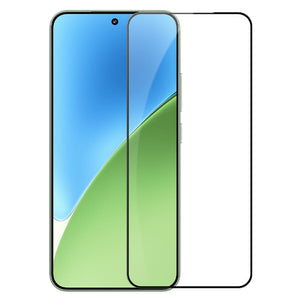 Xiaomi Screen Protectors
Xiaomi Screen Protectors
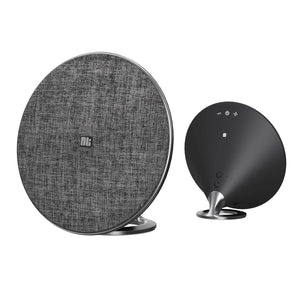 Speakers
Speakers
 Laptop
Laptop
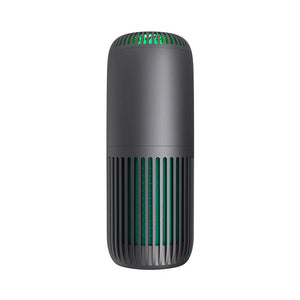 Health
Health
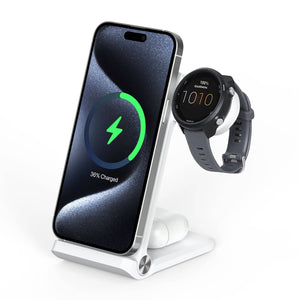 Chargers & Cables
Chargers & Cables
 Phone Stands & Mounts
Phone Stands & Mounts
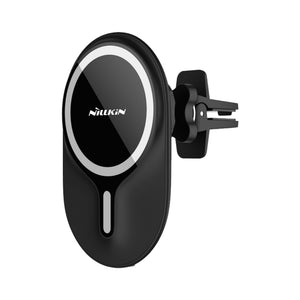 Car Charging
Car Charging
 Nillkin Deals🔥
Nillkin Deals🔥
